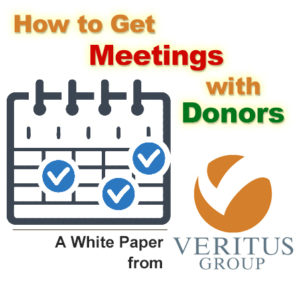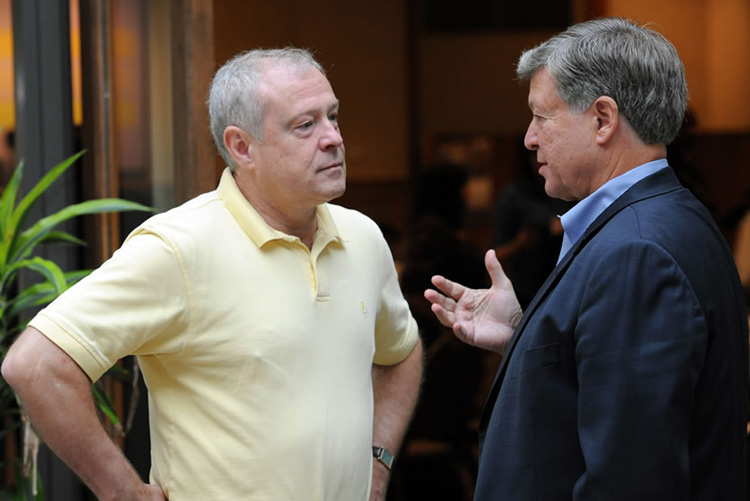 How do you get meetings with donors? We’ve written previously about some basics like being persistent, paying attention to the communication preferences of the donor, knowing what to say, and trying to reach the donor via someone else they know. This is all good and necessary stuff.
How do you get meetings with donors? We’ve written previously about some basics like being persistent, paying attention to the communication preferences of the donor, knowing what to say, and trying to reach the donor via someone else they know. This is all good and necessary stuff.
Today, we’re going to approach this meeting dilemma a different way – one where we look at it from the donor’s point of view and how she makes decisions. We think if we look at it this way, it will shed strategic and tactical light on what you should do as a MGO to get a meeting with a donor.
How does all of this look and feel to the donor? What is her decision-making process? How can you influence that in a way that has integrity and care for the donor? Here’s the key: a donor makes a decision to accept a meeting with you or to give or get further involved with you in very much the same you make a decision to buy a product.
This decision-making process is often referred to as the Tarnside Curve or the Commitment Curve. It has been used in sales training and the sales process for quite a long time. It has also formed the basis for advertising strategy.
This decision-making curve or process lays out a logical progression of steps that must occur in order to take a person from awareness to commitment over time. It can happen quickly (like in minutes) or it can happen over months and even years – but it always happens in order, one step at a time. You can’t skip over a step – each step or phase must be sequential.
We’ve taken the core concepts of the commitment curve and adapted them into five relationship steps to get meetings, which we think will help you understand what your donor needs to go through before she will accept having a meeting with you. Here they are:

You must take a qualified donor through each of these steps in order to gain a commitment. We will explore each of these steps with practical advice on how to execute each step in your relationship with each qualified donor on your caseload.
It is not easy to get a meeting with a donor. But often the reason the donor will not engage with you is because she is either not aware of the connection between what you want to talk about and her needs, or she has no interest or desire to interact with what you are proposing. It is never about being too busy.
This subject is too long to address thoroughly in one blog post, so we’ve turned this into a free White Paper. We hope you’ll download it (by clicking here) and read through this over the coming days.
Richard
PS — Check out all our White Papers in our free Download Library.
Search Blog Posts







Thanks for the refresher on this process. No matter how many times I see it, it always helps me re-focus and stay on track.
Thanks for this refresher. No matter how many times I see it, the process always helps me re-focus and stay on track.